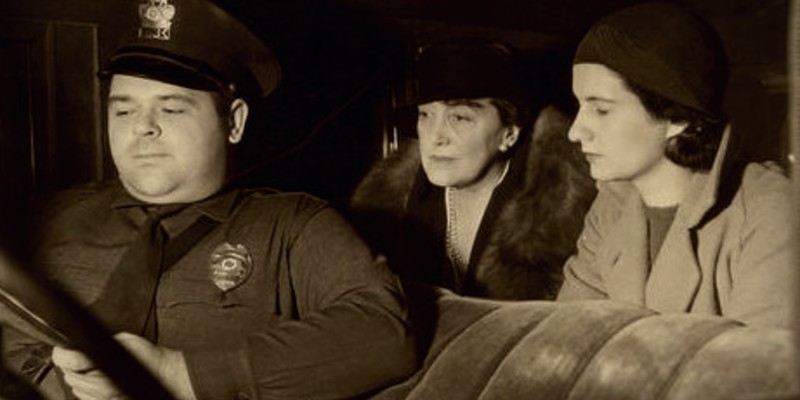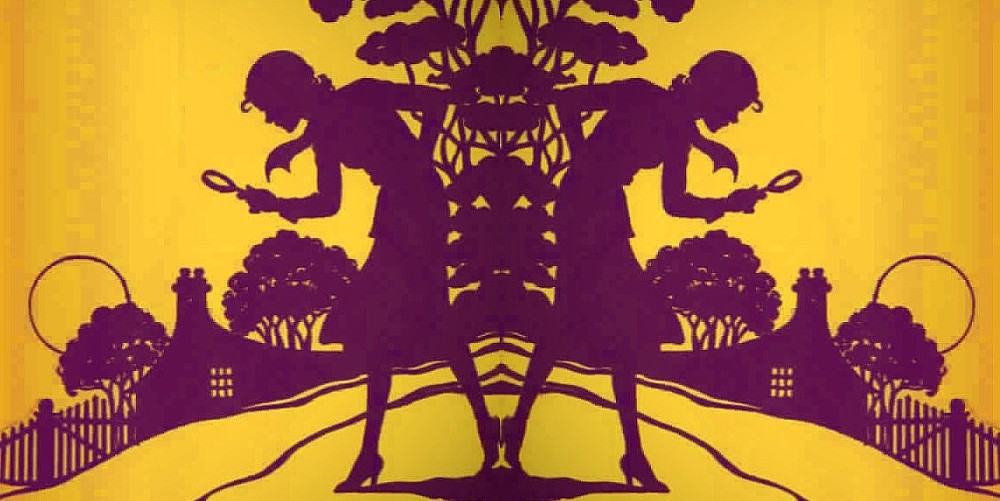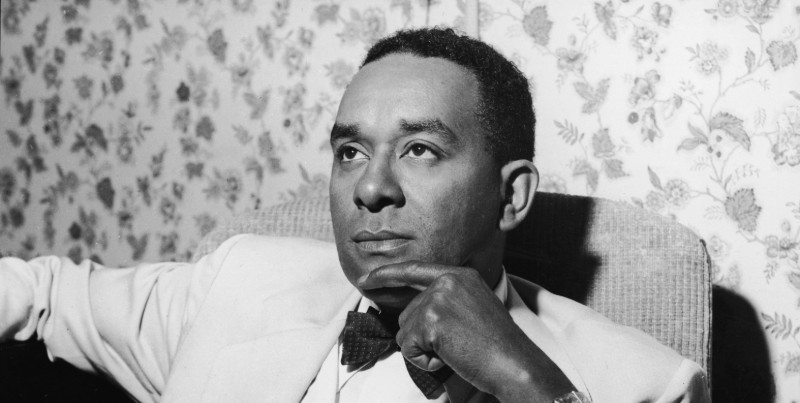From essays to interviews, excerpts and reading lists, we publish around 80 features a month. And though we’re proud of each day’s offerings, we do have our personal favorites. Below are some of our favorite pieces of writing from the month at CrimeReads.

“On Crafting a Pioneering Queer Crime Fiction Series” by Michael Nava
When Michael Nava first launched his Henry Rios series, one of the first series to feature a gay protagonist and to portray queer characters in a positive light, it was a radical step in the right direction for a genre long-inundated with gay panic stories. Here, Nava writes about his inspiration for the series, his experiences in publishing, and his new imprint, dedicated to bringing voices from the margins to the center.—Molly Odintz, associate editor

“Dorothy L. Sayers: A Crime Reader’s Guide to the Classics” by Neil Nyren
Neil Nyren’s wonderful “Crime Reader’s Guide to the Classics” series has been introducing and reintroducing crime lovers to many a great writer from the heyday of mystery and crime fiction, and this month’s installment covered one of the all-time greats, Dorothy L. Sayers. Sayers is a writer most of us have at least a passing familiarity with, especially thanks to her long-running, wildly popular Lord Peter Wimsey and Harriet Vane series. But to read along with Nyren as he covers the life and work of this mystery giant is to have a new appreciation, not only for her engaging, intricate work, but also the audacity of her inventions. Mystery had never quite seen a woman like Sayers, nor a detective like Wimsey, and together they changed the course of literature. I’m grateful to Nyren for this eye-opening study of their legacy.—Dwyer Murphy, managing editor

“The Life and Times of Charles Willeford—Miami’s Weird, Wonderful Master of Noir” by Craig Pittman (DM)
“Orphan, hobo, painter, poet, boxer, book critic, decorated tank commander, actor, truck driver, teacher, author and inveterate prankster—Charles Willeford led a life that could provide him with a zillion stories, each one touched with his distinctive view of the world.” The opening line of Craig Pittman’s retrospective on Charles Willeford is irresistible, just like the work of that crime fiction giant, whose legacy deserves a spot at the top of the literary pantheon with Chandler, Macdonald, and Highsmith. Willeford has long been a favorite among crime authors but is due for an even wider appreciation and a new generation of readers. As Pittman tells the story, Willeford was a talent in search of a subject, and in 1980s Miami, he found it. This piece even has a picture of the bullet-holed book to prove it. Do yourself a favor and read this profile immediately, then read some Willeford.—DM

“The Green River Killer and Me” by Rene Denfield
Rene Denfield survived the Green River Killer. Or, at least, a guy in a truck who very likely was the Green River Killer. After a childhood spent struggling on the streets, she’s now a tireless advocate for children’s rights and an lyrical writer of fiction and psychological suspense. Here, she recounts that terrifying night, and delivers a passionate defense of those who aren’t seen as “innocent” victims. —MO

“How Mary Roberts Rinehart, Queen of the Mystery Novel, Was Very Nearly Murdered” by Sarah Weinman
I think we can all agree that the best thing ever is a story about a luminary becoming embroiled in some kind of plot resembling the fiction they normally create. Adventure-romance novelist Kathleen Turner embarks on an actual adventure tracking a hidden treasure through the forests of South America in Romancing the Stone? Fabulous. A bunch of actors from a dated sci-fi TV show have their episodes mistaken as historical documents by aliens and are beamed up to save a planet in Galaxy Quest? Superb. Even better is when the whole thing happens in real life. Agatha Christie goes missing for eleven days in 1926? Incredible. And in this cleverly-researched article, Sarah Weinman introduces us to another amazing real-life story about a truth being just as strange (and exciting) as fiction: the near murder of legendary crime writer Mary Roberts Reinhart. Weinman tells the story meticulously and wryly, letting the real details shine, such the actual quote “Young man, you’ll have to come back later. There is a man here trying to kill me.” It doesn’t get much better than this—OR

“A Cultural History of Nancy Drew” by Olivia Rutigliano
Nancy Drew has been around for close to a century, and in that time, she’s evolved to fit the needs of each generation that grows up with a neat row of yellow hardcovers lined up on their shelf, each featuring a curious girl on the cover, ready to go where perhaps she shouldn’t. Olivia Rutigliano gives us a loving history of the iconic character, from her Depression-era beginnings in a fictional fantasy land where all was prosperous, to her more independent and edgy modern-day incarnation on the CW. Essential reading for Nancy Drew fans and anyone who’s interested in how a character can continue to capture our imaginations, while (semi) keeping up with the times.—MO

“Did Hill Street Blues Rip Off Ed McBain’s 87th Precinct Series?” by Paul Abbott
The short answer to the question posed by the headline (which, full disclosure, I did write), is, “Yes, but it was never proven.” Ed McBain tried hard to get his popular 87th Precinct series adapted into a film or show he could be proud of, and felt stymied at every corner. He never felt so enraged, though, as when he found out about Hill Street Blues, a show with a set-up a little too similar to his own. He thought about suing, but didn’t want to spend the money, and Hill Street Blues went on to be one of the most popular procedural shows in history.—MO

“Bickle’s Lament: The Cinematic Lineage of the White Male Loner” by Zach Vasquez
It’s easy to have a knee-jerk reaction, or even a repulsion, against the themes and tones of the new Joker movie—you can go all over the internet for those hot takes—but what’s more interesting to me is what Zach Vasquez does in this new piece, where he gives us a context-heavy, nuanced look at the long cinematic tradition of focusing on white male loners and their various rages. The Joker is one in a long line, from Joe to The King of Comedy to Falling Down, and each installment seems to inspire its own strange, often dangerous kind of following. The interplay between the fiction and the real-life is a reflection of the changing eras, as well as this odd mainstay in cinema history.—DM

“The Strange Story of Richard Wright’s Lost Crime Novel, Savage Holiday” by Michael Gonzales
So, Richard Wright wrote a crime novel all about a psychotic white man involved in some unsavory stuff, including insurance scams, but mostly existential crises, and…once again…this was written by Richard Wright. This is the strange, fascinating history Michael Gonzales details in his latest piece, from Wright’s longtime passion for pulp fiction to the literary mainstream’s urging Wright not to tank his wildly blossoming career with a detour into mystery. All that, and the novel was apparently based in part on the exploits of a real criminal whom Wright helped get out of jail, and who went on to kill again. This article has more twists, turns, and insights than you could possibly expect, as Gonzales covers an incredible chapter in literary history.—DM

















